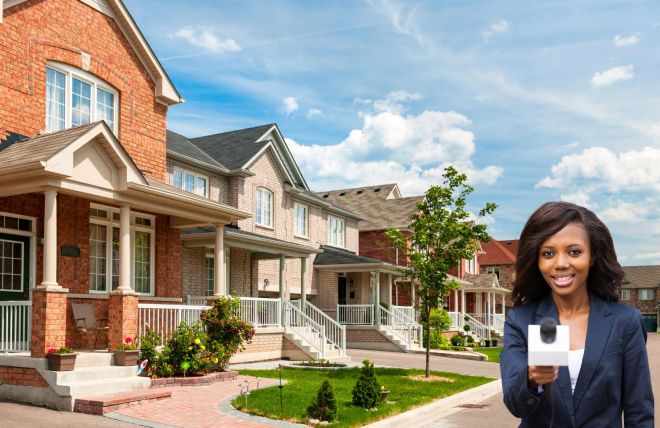n any community association, striving for continuous improvement is key to fostering a vibrant, engaged, and well-managed environment. A culture of continuous improvement involves regularly assessing current practices, welcoming feedback, and being open to change. This proactive approach not only enhances the quality of life for residents but also strengthens the community’s overall functionality and harmony. This blog post will guide you on how to create a culture of continuous improvement in your homeowners association (HOA).
Step 1: Understand the Importance of Continuous Improvement
- Enhancing Resident Satisfaction: Regular improvements in community amenities, services, and management practices lead to higher resident satisfaction and engagement.
- Boosting Efficiency: Continuous improvement helps identify inefficiencies and implement better practices, saving time and resources.
- Staying Relevant: A commitment to ongoing improvement ensures the community adapts to changing needs and expectations, keeping it attractive to current and potential residents.
Step 2: Establish a Baseline
- Conduct a Comprehensive Assessment: Begin by evaluating the current state of the community. This includes reviewing existing facilities, services, financial health, resident satisfaction, and governance practices.
- HOA SWOT Analysis: Conduct a SWOT analysis (Strengths, Weaknesses, Opportunities, Threats) to identify areas for improvement. Engage residents, board members, and staff in this process to gather diverse insights.
- Set Benchmarks: Establish benchmarks based on the assessment results. These benchmarks will serve as reference points to measure progress over time.
Step 3: Foster a Mindset of Continuous Improvement
- Promote Open Communication: Encourage open, transparent communication among residents, board members, and management. This openness fosters trust and makes it easier to discuss areas needing improvement.
- Celebrate Small Wins: Recognize and celebrate small improvements and achievements. This positive reinforcement motivates everyone to continue striving for betterment.
- Encourage Innovation: Create an environment where innovative ideas are welcomed and tested. Encourage residents and staff to think creatively about solving problems and improving the community.
Step 4: Involve the Community
- Engage Residents: Actively involve residents in the improvement process. Use surveys, focus groups, and community meetings to gather their input and suggestions.
- Form Improvement Committees: Establish committees focused on specific areas such as landscaping, amenities, safety, or events. These committees can drive initiatives and keep the momentum going.
- Feedback Mechanisms: Implement feedback mechanisms such as suggestion boxes, online forms, and regular forums. Make it easy for residents to share their thoughts and ideas.
Step 5: Develop Action Plans
- Prioritize Initiatives: Based on the assessment and feedback, prioritize improvement initiatives. Focus on areas that will have the most significant impact on the community.
- Set SMART Goals: Ensure that the goals for each initiative are Specific, Measurable, Achievable, Relevant, and Time-bound. This clarity helps in tracking progress and maintaining focus.
- Assign Responsibilities: Clearly define who is responsible for each initiative. Assign tasks to board members, committees, or volunteers to ensure accountability.
Step 6: Implement Changes
- Communicate Plans: Clearly communicate the improvement plans to all residents. Use newsletters, emails, and community meetings to explain the initiatives and expected outcomes.
- Provide Resources: Ensure that the necessary resources—financial, human, and material—are available to implement the changes. Allocate budgets and support accordingly.
- Monitor Progress: Regularly monitor the progress of each initiative. Use project management tools to keep track of timelines, budgets, and outcomes.
Step 7: Evaluate and Reflect
- Regular Reviews: Schedule regular reviews to evaluate the effectiveness of the implemented changes. Compare the outcomes against the set benchmarks and goals.
- Gather Feedback: Continuously gather feedback from residents and other stakeholders to understand the impact of the changes and identify further improvement areas.
- Adjust Plans: Be flexible and willing to adjust plans based on feedback and evaluation results. Continuous improvement is an ongoing process that requires adaptability.
Step 8: Celebrate Successes
- Acknowledge Achievements: Publicly acknowledge and celebrate successful improvements. This recognition boosts morale and encourages further participation and engagement.
- Share Success Stories: Share stories of successful initiatives through newsletters, social media, and community meetings. Highlighting these successes can inspire others and build a positive community spirit.
Conclusion
Creating a culture of continuous improvement in your community is an ongoing journey that involves commitment, collaboration, and a proactive mindset. By establishing a baseline, fostering a mindset of improvement, involving the community, developing action plans, implementing changes, evaluating results, and celebrating successes, your HOA can create a dynamic, engaged, and thriving community. This approach not only enhances the quality of life for residents but also builds a resilient and adaptable community ready to face future challenges.
By embracing these practices, your community can achieve sustained growth and continuous enhancement, ensuring a better living environment for all residents.







